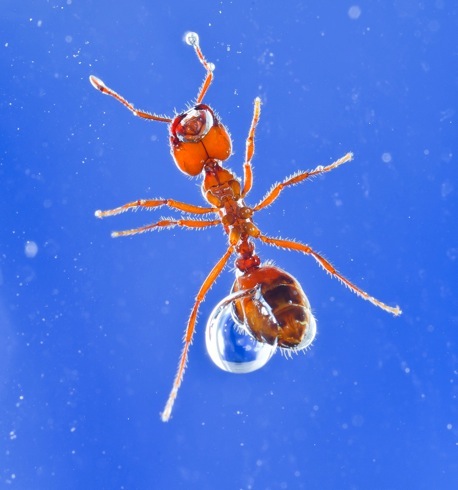

Figure 5: Ant’s exoskeletons are naturally slightly hydrophobic yielding contact angles slightly greater than 90 degrees.

Figure 6: A drop of water on a cluster of ants will bead up forming contact angles much greater than 90 degrees. This shows that when ants link up into groups they effectively increase their hydrophobic nature.
Movies 4-6: It is this hydrophobic nature which allows them to repel water and remain afloat as a raft. In fact, they hold out water so well that if the raft is pushed down and submerged underwater the ball of ants will hold in a pocket of air and keep out the water remaining “air-tight” essentially.
Movies 4-6: The shimmery layer visible around the ants when they are underwater is the interface between water and air. The ants have trouble breaking through this interface since this means breaking the surface tension of water.

Figure 7: Ant ant underwater is seen floating towards the surface. The ant floats because of the buoyancy of the air bubbles trapped next to its body. A thin layer of air can be seen around its antennae and body as well.
click here to watch this video on youtube.
click here to watch this video on youtube.
click here to watch this video on youtube.